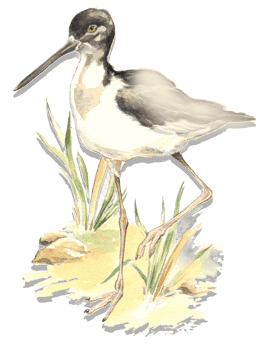Edited
by Renato Neves, Theodora Petanidou, Rui Rufino & Sonia
Pinto.
This book, and all the results of ALAS, are dedicated to Boris
Krizan, one of the last alónitoi that existed in the Mediterranean,
just opposite Venice
Table of Contents
Foreword - Stories
Make History – Theodora Petanidou
Introduction
– Salinas of the Mediterranean – Past and Futures
– Theodora Petanidou
Chapter 1
The Alas Sites
- Geography, History and Cultural Heritage – The Polichnitos
site (Lesvos, Greece) – Theodora Petanidou
- Figueira salinas: geography and salt history – Renato
Neves
- The Salinas of Piran – Robert Truk & Boris Krizan
- Pomorie salinas: geography and salt history – Milcho
Skumov
- Salt routes – Pomorie and the Turkish Empire (15th–19th
centuries) – Milcho Skumov
- The Salt Route from Setubal to Holland (16th – 18th
Centuries) – Renato Neves
- A salt route from Sweden to Sicily in the 18th century –
Hjalmar Dahm
- TEXT BOX 1.1 – What do you need to make sea salt? –
Theodora Petanidou
- TEXT BOX 1.2 – Salt in Classical Greek and Roman Times
– Theodora Petanidou
- TEXT BOX 1.3 – The garum of the Greeks and Romans –
Theodora Petanidou
- TEXT BOX 1.4 – Historical Salt Routes
- TEXT BOX 1.5 – Non–typical salinas and salt harvesting
in the Mediterranean – Theodora Petanidou
- TEXT BOX 1.6 – Salty remnants in the Mediterranean
language – Theodora Petanidou
- TEXT BOX 1.7 – Portuguese boats for transporting salt
– Renato Neves
- TEXT BOX 1.8 – Portuguese cod fishing – epic
and myth – Renato Neves
Chapter 2
Technology and Present Situation
- The Polichnitos site (Lesvos, Greece) – Theodora Petanidou
- Figueira da Foz – Organisation and evolution of salinas
on the Mondego Estuary -Salt technology in Figueira– Renato
Neves
- Piran salinas – Peter Derzek
- Pomorie salinas – technology and present situation –
Milcho Skumov & Stanka Zheleva
- TEXT BOX 2.1 – Inland Salinas in the Iberian Peninsula
– Katia Hueso & Renato Neves
- TEXT BOX 2.2 – Implements and tools used in traditional
salinas – Renato Neves
- TEXT BOX 2.3– The energy issue in Mediterranean salinas
– Theodora Petanidou & Renato Neves
- TEXT BOX 2.4 – Portraits of Salters – Hjalmar
Dahm
Chapter 3
Ecological Views
- Introduction
- An ecological view of the salinas of Lesvos – Hjalmar
Dahm
- Figueira da Foz: the Mondego estuary and its salinas –
Rui Rufino
- Ecological characteristics of the Secovlje salinas –
Andrej Sovinc
- Pomorie Lake and Wetland Complex – Gina George
- TEXT BOX 3.1 – Salinas and Nature Conservation –
Rui Rufino
- TEXT BOX 3.2 – Salinas and Birds – Andrej Sovinc
- TEXT BOX 3.3 – Management Plan for Castro Marim Nature
Reserve – Case Study – Rui Rufino
Chapter 4
The Alas Actions
- Interregional Actions – Theodora Petanidou
- Local actions: Lesvos – Hjalmar Dahm
- Local actions – Figueira da Foz – Renato Neves
- Local Actions – Piran – Robert Turk
- Local Actions in Pomorie – Milcho Skumov
- TEXT BOX 4.1 – Salt Museums – Hjalmar Dahm
- TEXT BOX 4.2 – Salinas and tourism – Theodora
Petanidou & Helena Vayanni
- TEXT BOX 4.3 – Salt Routes in the Mediterranean: geographical–historical
concept and use – Theodora Petanidou
Chapter 5
The Future for Traditional Salinas – Renato Neves
- TEXT BOX 5.1 – The Guérande experience –
Hjalmar Dahm
- TEXT BOX 5.2 – Thalassotherapy in Pomorie and Piran
– Antoaneta Grozeva & Robert Turk
- TEXT BOX 5.3 – Training of salters – Flavio Bonin
& Hjalmar Dahm
- TEXT BOX 5.4 – Artisanal salt in the frame of EC rules
– Hjalmar Dahm
Sources of information
and further reading |


